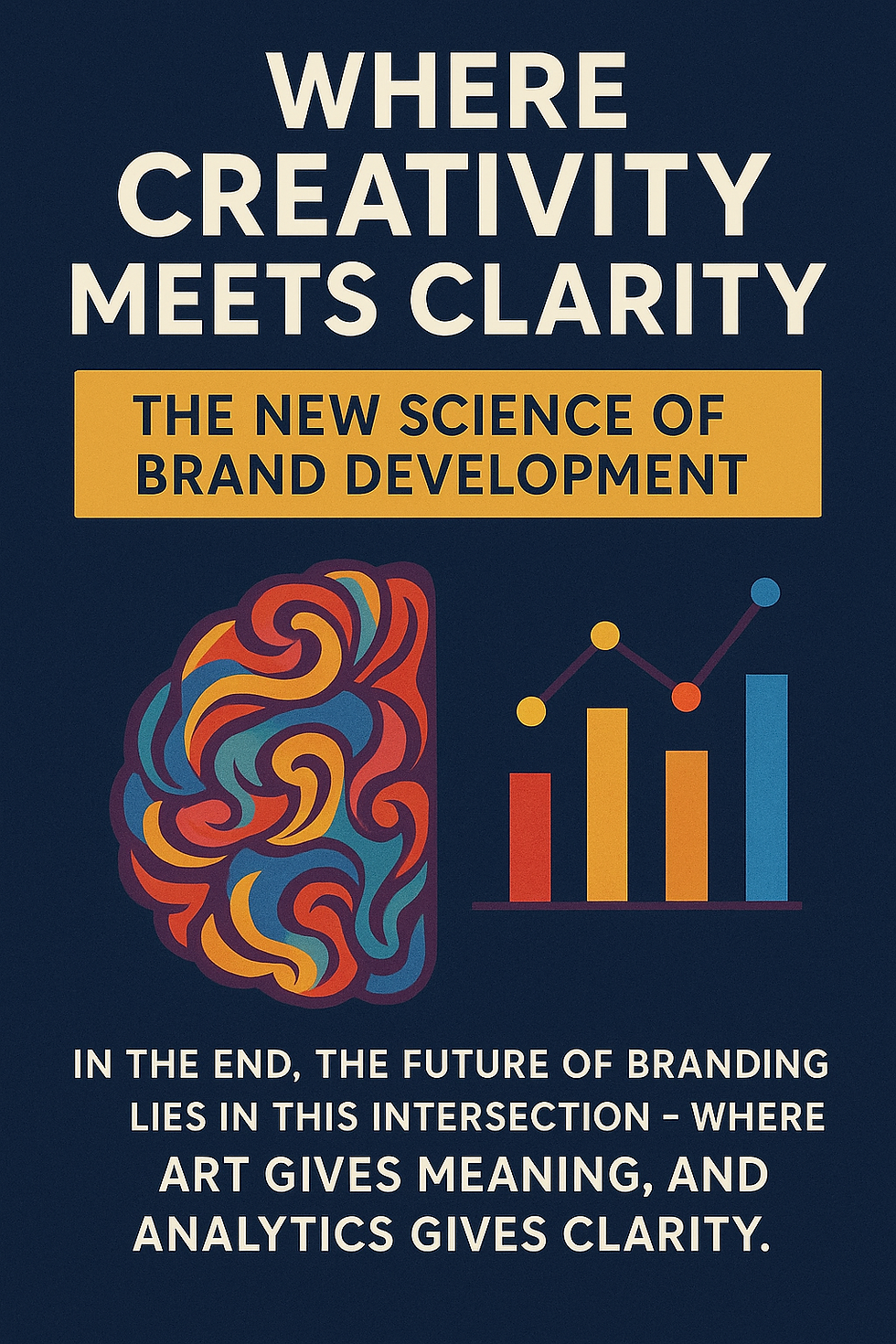STEM vs. STEAM: Why Adding Arts Is the Future of Learning in India
- Uttam Sharma
- May 4
- 2 min read
Updated: May 11

In today’s fast-changing world, education is evolving faster than ever. For years, STEM (Science, Technology, Engineering, and Mathematics) has been the gold standard. But now, a new model is emerging — STEAM — where the “A” stands for Arts. This is the future of learning in India. And this shift could define the future of innovation and leadership, especially in a country like India.
What Is STEAM Education?
STEAM education integrates the Arts — like drama, music, storytelling, and design — into the traditional STEM subjects. It’s not about making students artists. It’s about using creativity to solve scientific and technological problems. Creativity is now seen as a critical 21st-century skill, along with problem-solving, communication, and critical thinking.
Why India Needs STEAM, Not Just STEM
India is on the cusp of a massive technological boom — from AI to space exploration. But innovation doesn’t just come from knowing facts; it comes from connecting ideas in fresh ways. That’s where creativity (the missing link) becomes powerful.
According to the National Education Policy (NEP) 2020, interdisciplinary learning — combining arts with science and technology — is the key to creating well-rounded thinkers who can lead India's growth.
"Creativity is as important in education as literacy," says Sir Ken Robinson, a leading education expert.
5 Reasons Why STEAM Will Dominate the Future
Boosts Creativity and Innovation: Companies like Apple, Tesla, and Pixar prove that creativity drives business success.
Improves Critical Thinking: Arts challenge students to think differently and connect ideas across subjects.
Strengthens Soft Skills: Communication, teamwork, and leadership — all crucial in today's job market — are enhanced through arts integration.
Makes Learning Engaging: Students involved in music, theatre, or art often show better academic results.
Prepares for an AI-Driven Future: As automation increases, the most irreplaceable skills will be human creativity and emotional intelligence.
Examples from Around the World
Finland, one of the top education systems globally, blends arts into every stage of education.
The USA is investing heavily in STEAM initiatives to prepare students for future jobs that don't even exist yet.
Israel spends over 4% of its GDP on research, supported by an education model that encourages innovation and creativity.
What Schools and Colleges in India Can Do
Establish Dramatics Clubs and integrate them with science projects.
Encourage cross-subject learning — like building a science project with storytelling or visual arts.
Host STEAM competitions where students must pitch innovations creatively.
Train teachers to use creative teaching methods.
Are you ready to mix Science, Technology, Engineering, Arts, and Mathematics? Stay tuned for the complete blog series where we explore every exciting aspect of STEAM education and its future impact! 🚀



Comments